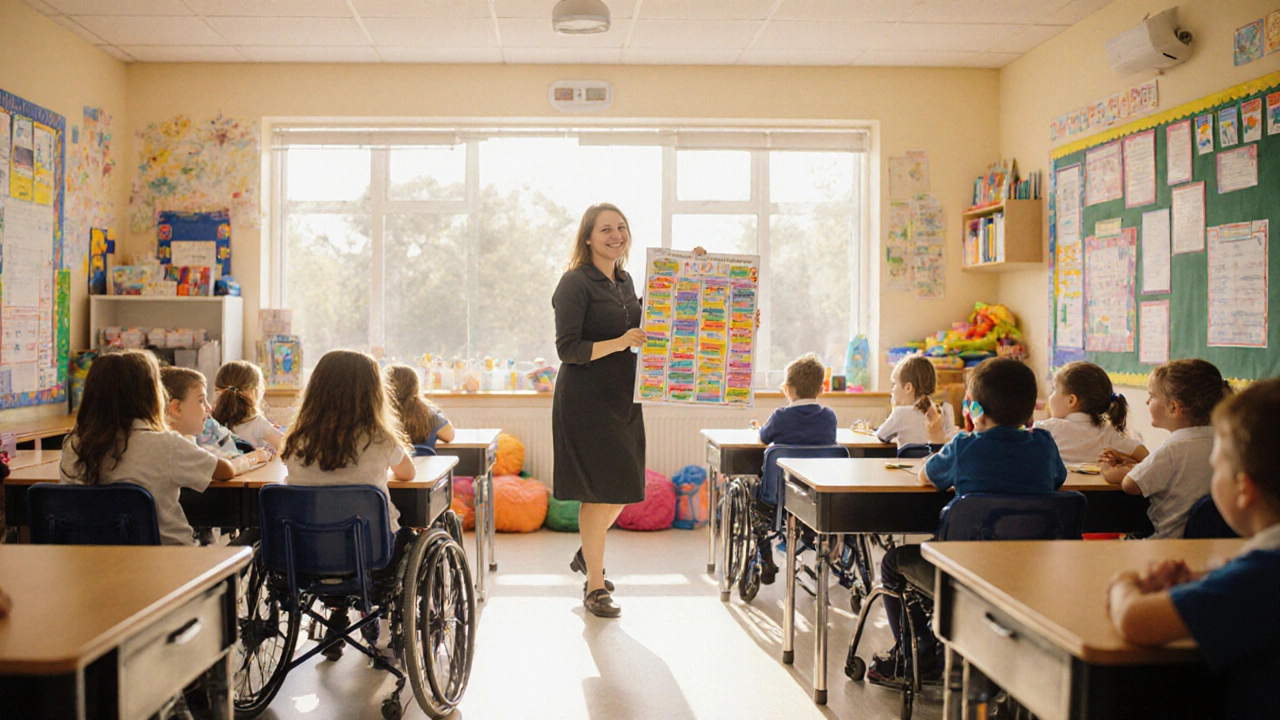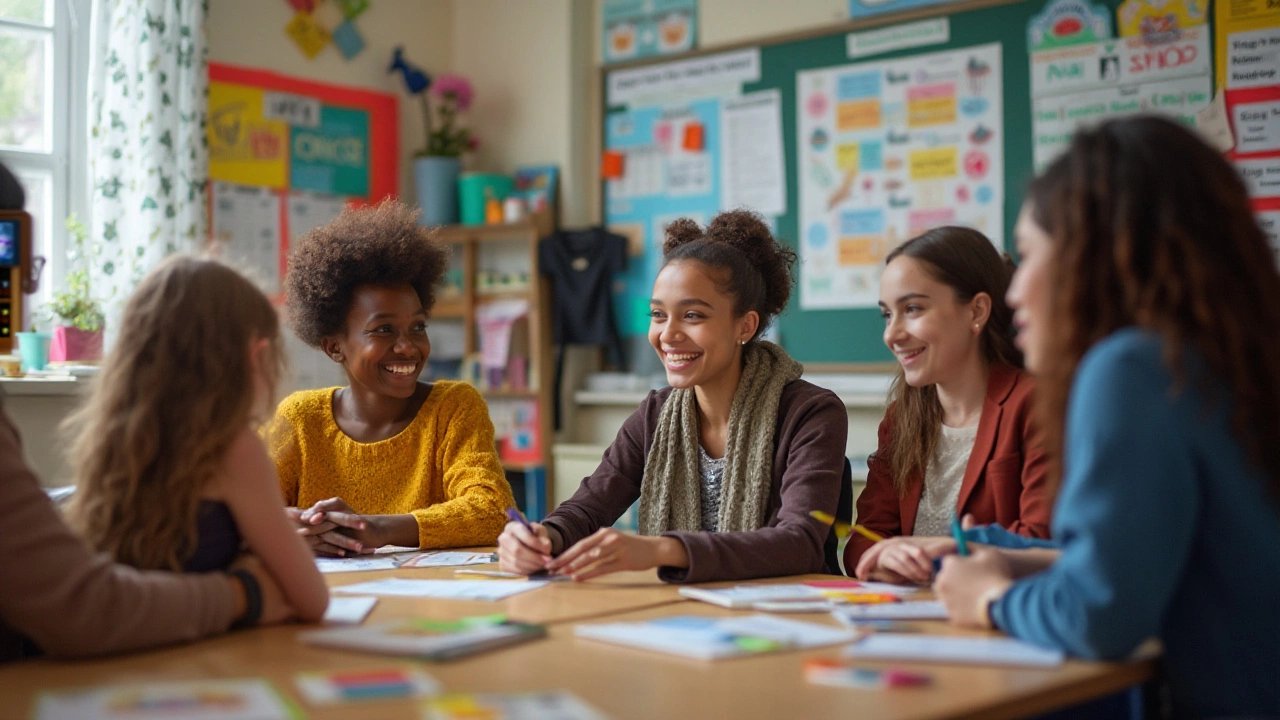Inclusive education: practical tips for teachers and parents
Want a classroom where every child feels welcome and can learn at their own pace? Inclusive education is the answer. It means adjusting lessons, materials, and attitudes so that students with different abilities, backgrounds, and learning styles can succeed together. Below you’ll find simple steps you can start using today, plus ideas for low‑cost resources you can grab from Abbey Gates School Store.
Why inclusive education matters
Kids learn best when they feel part of the group. When a child with a learning difficulty joins a regular class, they gain social confidence and better academic outcomes. Studies show that peers without special needs also improve their empathy and problem‑solving skills when they work alongside diverse learners. In short, inclusion lifts the whole class, not just the individual who needs extra help.
How to create an inclusive classroom
1. Start with a clear routine. Consistent schedules reduce anxiety for all students, especially those who rely on predictability. Post the daily agenda on the board and use visual icons for younger pupils.
2. Use multiple ways to present information. Combine spoken explanations, written notes, and short videos. For reading‑heavy subjects, offer audio recordings or text‑to‑speech tools. This lets students choose the format that works best for them.
3. Offer flexible assignments. Instead of a single task, give options: a written report, a slide presentation, or a hands‑on model. Make sure each choice meets the same learning objective, so grading stays fair.
4. Provide simple assistive tools. Low‑tech aids like colored overlays, enlarged print, or tactile math manipulatives can make a huge difference. Abbey Gates School Store stocks these items at student‑friendly prices.
5. Encourage peer support. Pair stronger readers with developing readers for guided reading sessions. Rotate partners regularly so everyone gets a chance to teach and learn.
6. Keep communication open. Schedule short check‑ins with each student and their parents. Use a shared notebook or app to record progress, concerns, and success stories.
Implementing these steps doesn’t require a full classroom overhaul. Start with one habit—like posting the visual schedule—and build from there. Over time, the changes become routine, and you’ll see smoother lessons, fewer disruptions, and happier students.
Looking for specific resources? Abbey Gates School Store offers everything from ergonomic chairs for sensory needs to printable worksheets that cater to different ability levels. Browse the “inclusive education” tag on the site to find items that match the tips above.
Inclusive education is a journey, not a destination. Keep testing new ideas, ask for feedback, and celebrate small wins. When every learner feels seen and supported, the whole school community thrives.
Explore the definition of special needs in education, key categories, legal frameworks, IEPs, teacher roles, assistive tech, and practical strategies for inclusive learning.
Read more
Navigating the language around special needs can be challenging for parents and educators alike. This article explores alternative terms that can be used instead of 'special needs' to promote inclusivity and respect in educational settings. It discusses the importance of language in shaping perceptions and provides practical suggestions for more neutral and empowering terminology. The discourse aims to foster a more inclusive environment for all learners.
Read more







